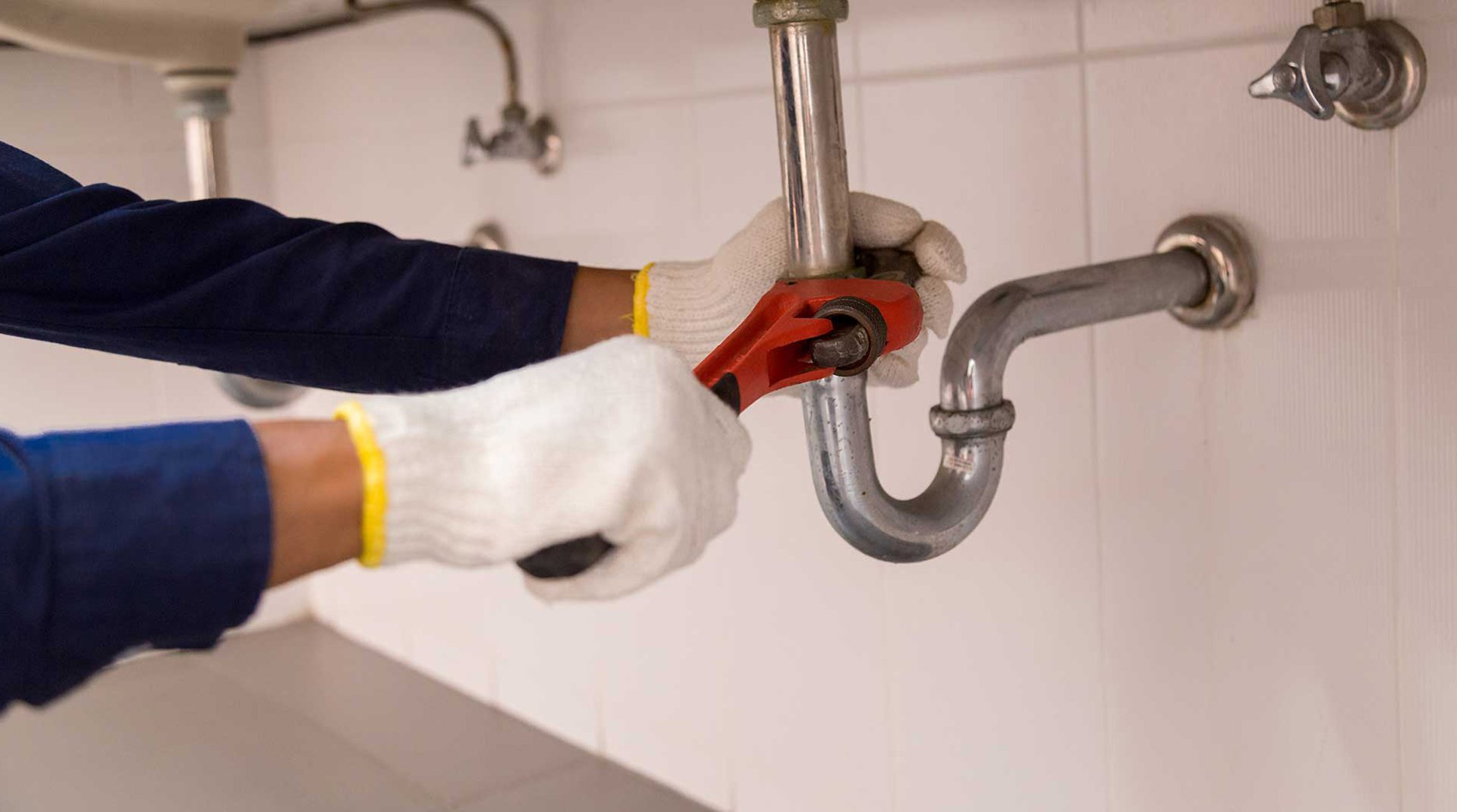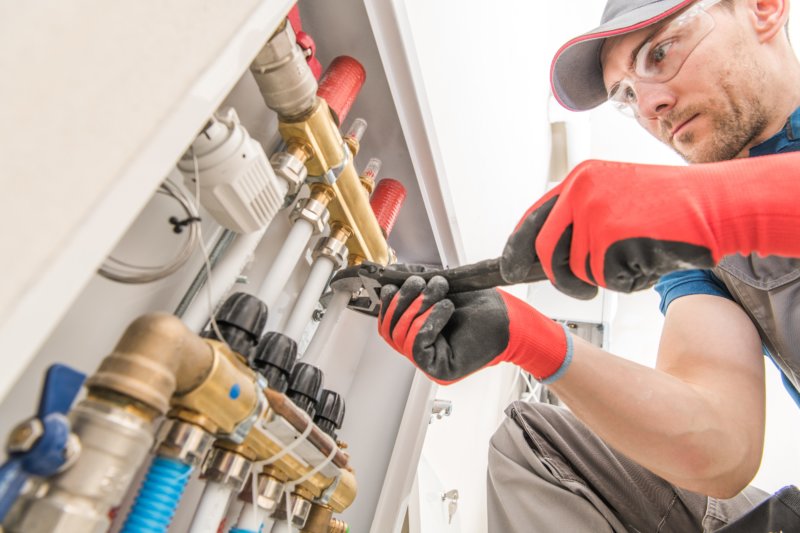Is Plumbing Insurance a Good Investment?
You can find out whether your water main is breaking in one of two ways: gradually or suddenly. The slow method is when you observe that your monthly payment is steadily rising and that one section of your lawn appears to be growing considerably quicker than others. The quickest method is to see a new watercourse bubbling up happily among your azaleas. In any case, you may be facing a substantial household repair. Water pipes outside your house are unlikely to be covered by your homeowner’s insurance, and your favorite neighbourhood water provider is unlikely to come out and fix them for free. According to Fixr.com, the average cost of replacing your city’s water line is $3,750. You can receive protection from water line breaks. Should you do it?

plumbers insurance is unlikely to be included in your homeowner’s policy. It’s frequently tacked on as a rider that’s expressly designed to give your home more protection. To achieve complete security of your property, it is critical to evaluate all potential extras with your insurance carrier. If you have earthquake insurance, for example, don’t believe that sanitary sewer pipes are covered–they aren’t always. Water and sewer line insurance may be even more helpful if you own an older house, as repair costs can be higher depending on the age of pipes and systems. These are just a few instances of how this insurance can help.
Your buildings insurance may cover issues such as blockages or damage to subsurface pipes, but it may not cover whatever you require. If you don’t see coverage for sustainable drainage concerns included in your insurance, you may typically get it as an add-on. You might also choose for a second policy to provide coverage. Standalone coverage is more extensive than a contribute to your insurance, but it is also more expensive.
Your buildings insurance may cover issues such as blockages or damage to subsurface pipes, but it may not cover whatever you require. If you don’t see coverage for sustainable drainage concerns included in your insurance, you may typically get it as an add-on. You might also choose for a second policy to provide coverage. Standalone coverage is more extensive than a contribute to your insurance, but it is also more expensive. Check the terms of your home warranty to see what’s already included to make sure you’re not getting more coverage than you need. Some house and building insurance policies include an aspect of emergency coverage as standard, so be sure you’re not buying duplicate coverage. If you aren’t covered and would like to be protected in the event of an emergency, purchasing insurance is a fantastic method to get some piece of mind.

You can safeguard your checking account from six figures in sanitary sewer repair fees for as low as $150 each year. While a sewer backup may appear to be minor, it can cause damage that extends beyond your subterranean pipes and into your residence. If furniture, floors, and other personal belongings are also damaged, costs can quickly rise. Getting water and sewer insurance to your house can help safeguard both your possessions and your wallet.

